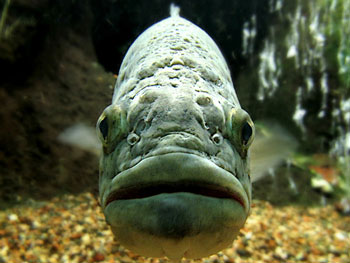The History of the Life Preserver
August 21, 2012Harpoon Fishing: The Basics
September 7, 2012As fishing goes, digging for clams is possibly the lowest low-tech experience you can have on the water. Does it compare to reeling in a day’s catch or battling with something ornery like a Bluefin? Absolutely not. But wading in the muck on a warm summer day, lazily feeling for bivalves is a pleasure all its own. The excitement of fishing doesn’t diminish the relaxing joy of clam digging any more than a taste for trout will subvert a craving for quahogs. In other words, they’re two different animals. Pun definitely intended.
Learning how to dig for clams comes with no learning curve. That holds true no matter what kind of clams you’re digging for – horseneck, geoduck, Washington, soft shell, etc. The first step is finding a spot that’s known for its quality clams, especially if you’re planning on keeping your catch. The closest bay may not be the best bay, so ask about the prime spots for clam digging at the bait shop before you start. Are there regulations surrounding clam digging in your area? Only the local fish and game department can tell you that, so get the facts first hand instead of relying on what may be old information.
The next step is to find out when low tide will hit – preferably a minus tide – so if you’re planning on making a habit of digging for clams we recommend investing in a tide table. One question you should be asking yourself before you rush out to the flats is whether you have the right tools. Yes, it’s possible to dig for clams with just your hands or a basic beach shovel, but serious clam diggers hit the shore with a clam pump in tow. These simple machines suck up water and blow sand out of the way, helping you get to clams that may be down a foot deep or more. Again, though, you can dig for clams without a clam pump. It just takes a lot more effort.
Once you’ve done all that, it’s about spotting the clams. Look for signs of air vents that tell you a clam is beneath the sand. These may look like little mounds, small indentations, two holes, a quick spout, or any other irregularities in the flats. Confirm your find with a quick poke at the site of the vent – if you feel a slimy finger in the sand, that’s the clam. Or part of the clam, anyway. The actual animal in its shell may be quite close to the surface or, as noted earlier, pretty far down. Is it a clam? Then start digging or working that pump!
Eventually, you’ll get a feel for what kinds of irregularities indicate one or more clams below and you’ll start coming home with buckets of bivalves. When that happens, think of us as you whip up some fried clams, a big bowl of chowder, or just steam them open and enjoy them with a whole lot of melted butter. Better yet, invite us to join you!

